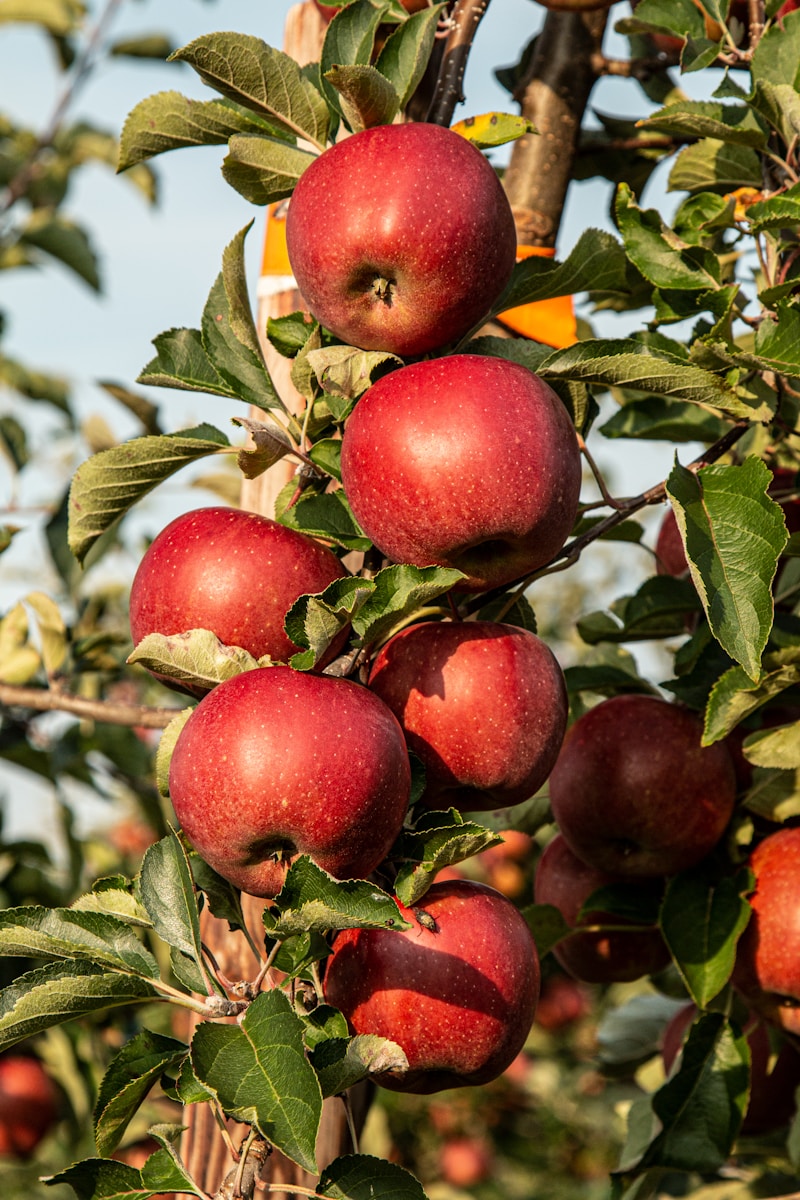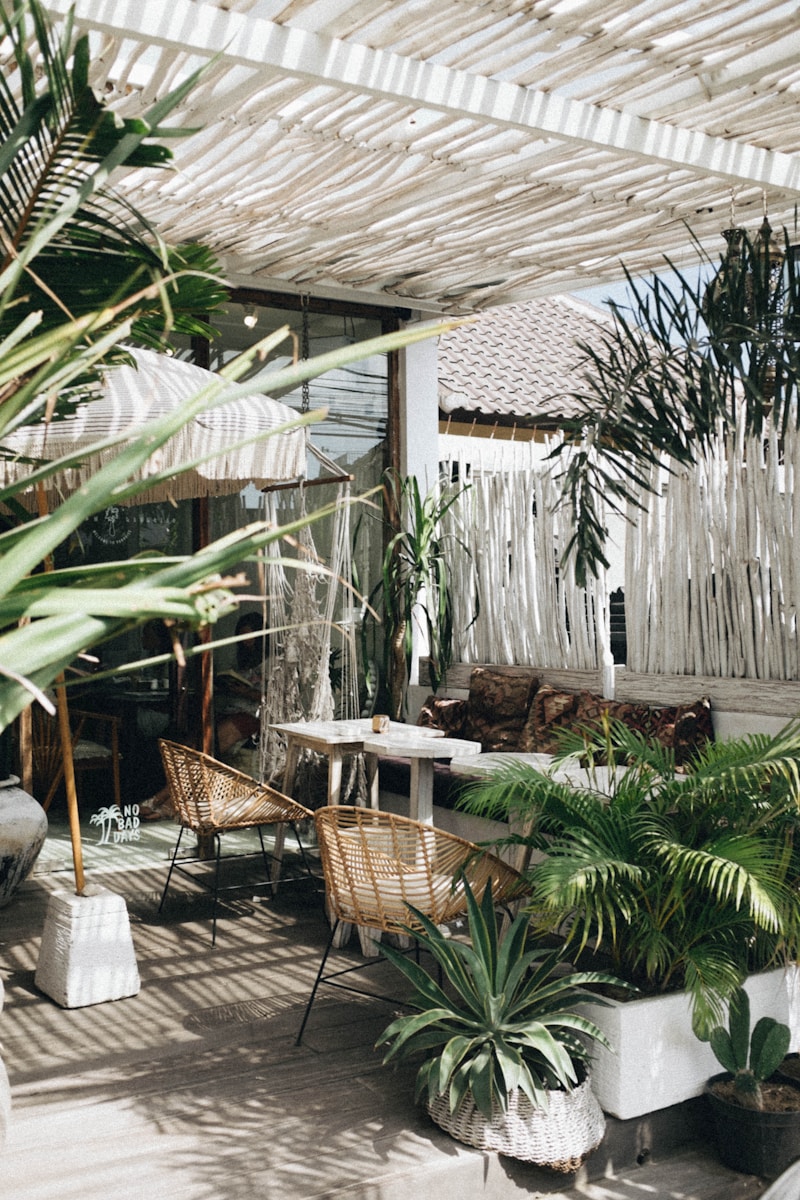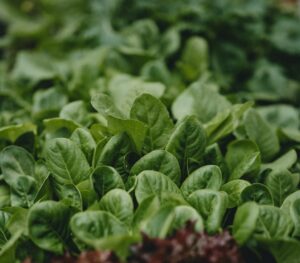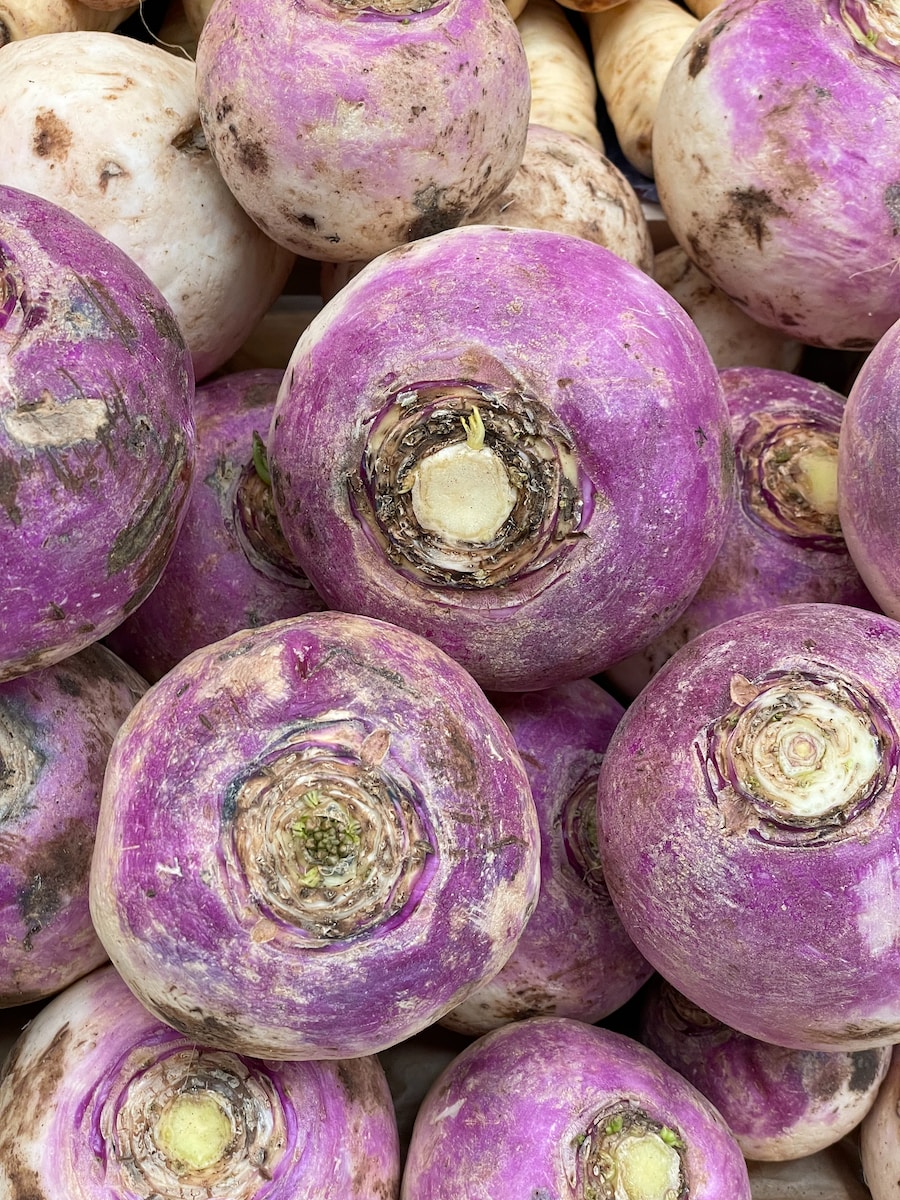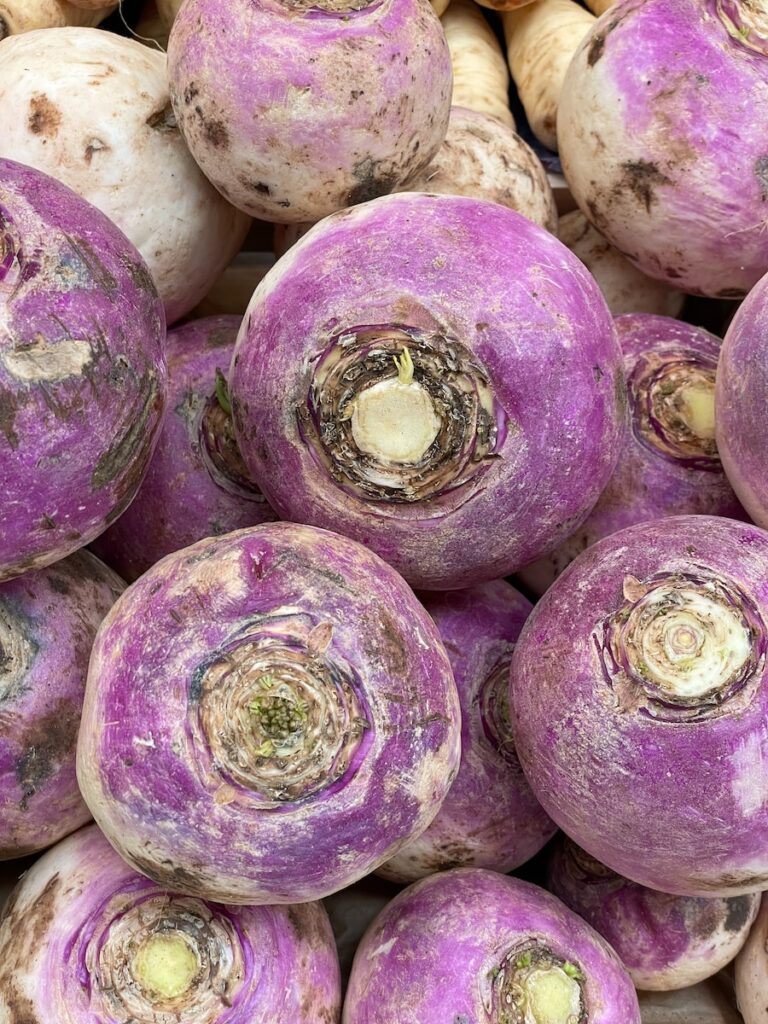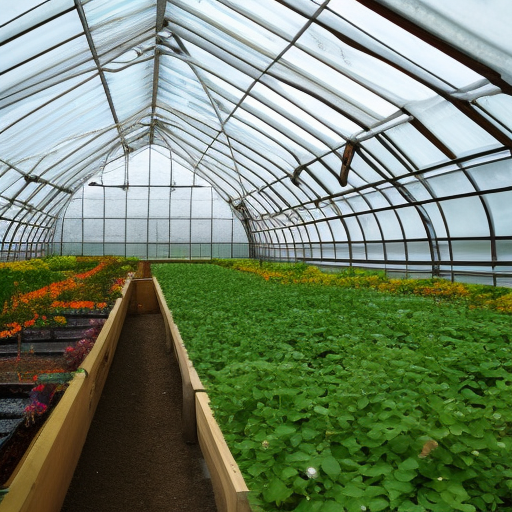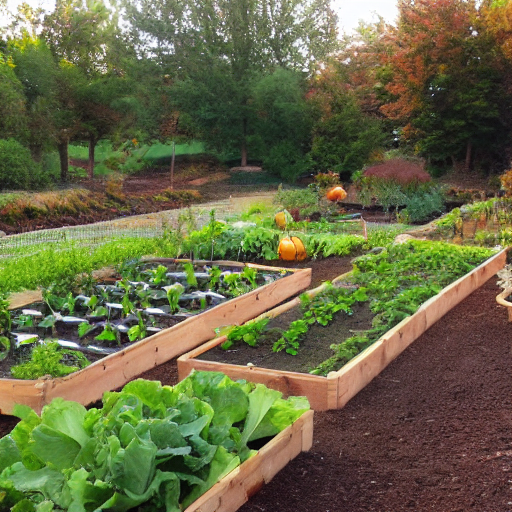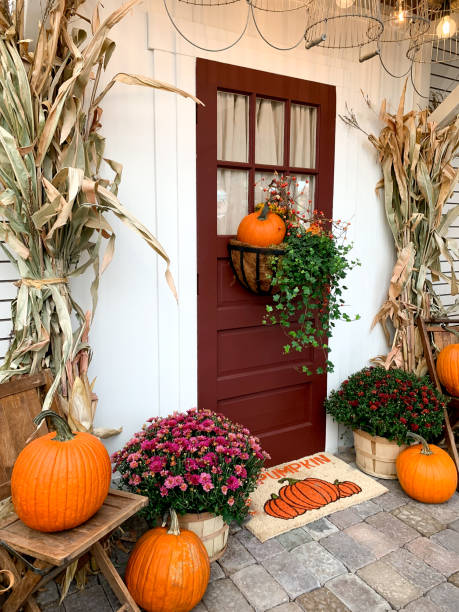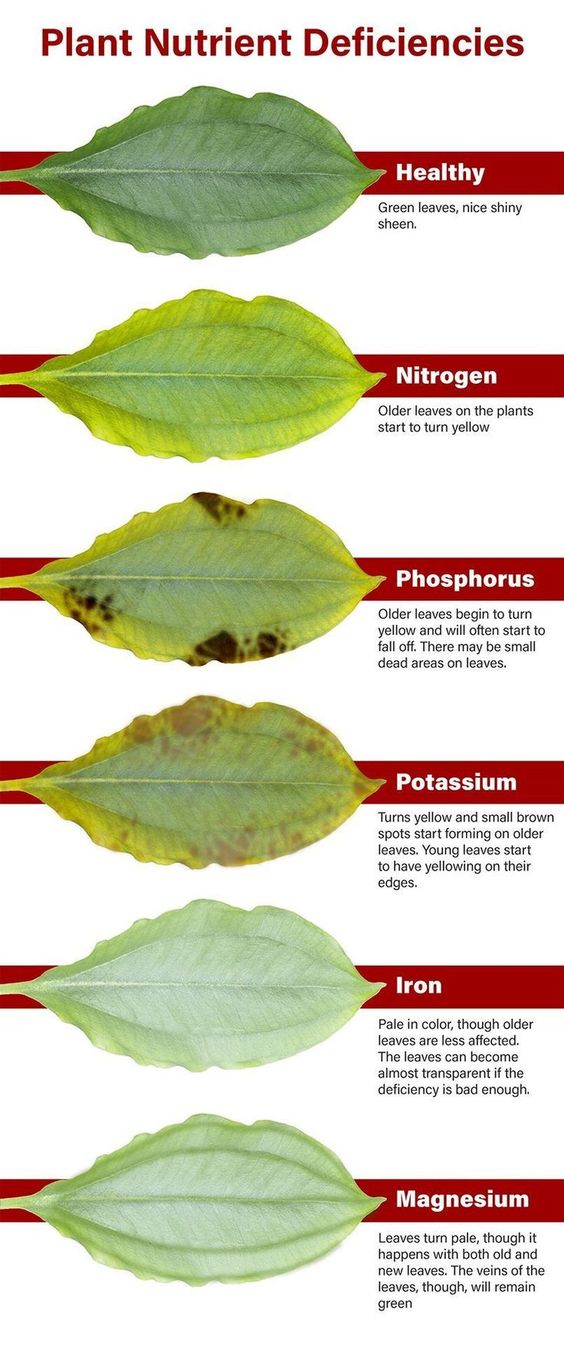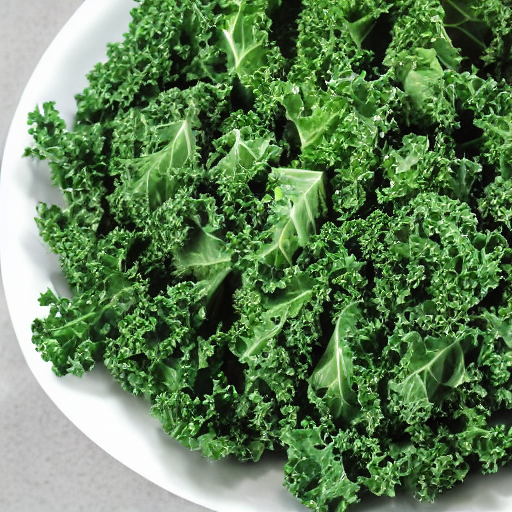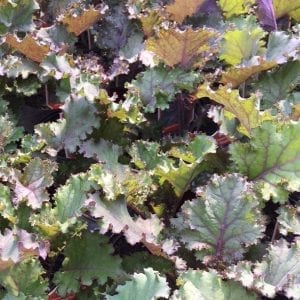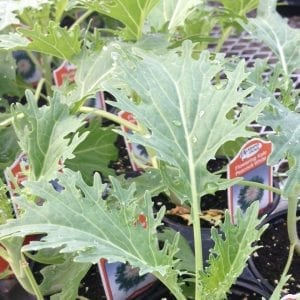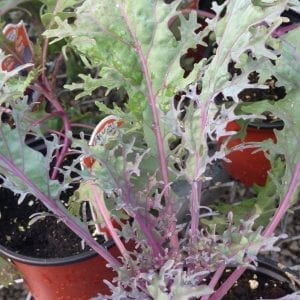When to Plant and How to Grow Apple Trees in Alabama

Ah, apple trees—those iconic bearers of crisp, juicy fruit, evoking images of wholesome orchards, homemade pies, and that one apple you swore tasted sweeter because you picked it yourself. If you’re an Alabamian (or an honorary one), you might be wondering if growing apples in the Heart of Dixie is worth your time. Spoiler alert: it absolutely is!
But before you rush off to plant an orchard in your backyard, let’s talk about the when, where, and how of planting and growing apple trees in Alabama. Because let’s face it—this isn’t Washington state, and if you treat your apple trees like they’re in an evergreen wonderland, you might end up with a sad little twig instead of a fruitful bounty.
Best Time to Plant Apple Trees in Alabama
Timing is everything. Planting apple trees in Alabama is all about working with the seasons, not against them.
Ideal Planting Window
- Late Winter to Early Spring (January – March): This is the best time to plant bare-root apple trees. The cool soil and moderate temperatures help the tree establish strong roots before the summer heat kicks in.
- Late Fall (November – December): In South Alabama, where winters are mild, fall planting is possible. This allows the tree to develop roots before the next growing season.
Why Not Summer?
Alabama summers are no joke. If you plant in summer, your apple tree will likely fry like a piece of catfish in a cast-iron skillet. Heat stress, lack of proper root establishment, and excessive watering needs make summer planting a no-go.
Choosing the Right Apple Varieties for Alabama
Not all apples are suited for the sultry Southern climate. Forget about growing Honeycrisp (unless you enjoy heartbreak). Instead, opt for apple varieties that tolerate heat, humidity, and mild winters.
Best Apple Tree Varieties for Alabama
- Anna – A low-chill variety that thrives in warmer climates.
- Dorsett Golden – A cousin of the Golden Delicious, great for Alabama’s mild winters.
- Ein Shemer – A reliable, self-pollinating variety that produces well.
- Fuji – Slightly more cold-tolerant, but still manageable in Alabama.
- Arkansas Black – An old Southern favorite, known for its firm texture and rich flavor.
The Pollination Puzzle
Apple trees aren’t loners. Most varieties need a buddy for cross-pollination. Planting at least two different compatible varieties nearby will significantly increase your chances of a good harvest.
Selecting the Perfect Planting Spot
Location, location, location. Your apple tree needs a prime piece of real estate to thrive.
Sunlight Requirements
- Aim for at least 6–8 hours of full sun per day.
- More sun = more photosynthesis = more apples.
Soil Requirements
- Well-draining soil is key. Apple trees despise wet feet.
- Sandy loam with a pH of 6.0-6.5 is ideal.
- If your soil is heavy clay, consider raised beds or amending it with compost and sand.
Spacing
Give your trees room to breathe! Proper spacing prevents disease and ensures each tree gets enough sunlight.
- Dwarf varieties: 8–10 feet apart
- Semi-dwarf varieties: 12–15 feet apart
- Standard varieties: 15–20 feet apart
How to Plant an Apple Tree in Alabama
Alright, you’ve got the perfect variety and the perfect spot—now let’s get that tree in the ground.
Step-by-Step Planting Guide
- Dig a Hole
- Make it twice as wide and just as deep as the root ball.
- This gives roots plenty of room to spread.
- Prep the Soil
- Mix in compost to improve drainage and fertility.
- Avoid chemical fertilizers at planting—they can burn young roots.
- Place the Tree
- Position the tree so the graft union (the bump where the tree was grafted) is 2 inches above the soil.
- This prevents the rootstock from taking over.
- Backfill and Water
- Fill the hole with soil and gently tamp it down to remove air pockets.
- Water deeply right after planting to help roots settle.
- Mulch for Moisture
- Apply a 2-4 inch layer of mulch around the base, but keep it away from the trunk.
- Mulch retains moisture and suppresses weeds.
Caring for Your Alabama Apple Tree
Planting is just the beginning. Now comes the part where you prove your green thumb.
Watering
- Young trees (first year): Water once or twice a week (about 5-10 gallons).
- Mature trees: Water every 7–10 days during dry periods.
- Avoid overwatering. If the soil feels soggy, give it a break.
Fertilizing
- Apply a balanced fertilizer (10-10-10) in early spring before new growth starts.
- Don’t overdo nitrogen—too much will give you a leafy tree with no apples.
Pruning
- Best time: Late winter (January–February), before bud break.
- Goal: Remove dead or crowded branches to improve air circulation.
- Tip: Keep an open center shape to let sunlight reach all parts of the tree.
Pest and Disease Control
Alabama’s humidity is a breeding ground for pests and diseases. Keep an eye out for:
- Fire Blight: Causes branches to look scorched. Prune infected parts ASAP.
- Apple Scab: Causes dark spots on leaves and fruit. Use resistant varieties.
- Codling Moth & Apple Maggots: Wrap tree trunks with sticky bands to trap larvae.
Use organic sprays like neem oil or integrated pest management techniques to keep issues at bay.
When to Expect Apples
Patience, young orchardist. Apple trees don’t operate on instant gratification.
- First fruits: Usually in 2-4 years for dwarf varieties and 4-6 years for standard trees.
- Peak production: Around 7-10 years.
- Harvest time: Most apples in Alabama ripen between July and October, depending on the variety.
To check if an apple is ripe, give it a gentle twist—if it comes off easily, it’s ready!
Is It Worth It?
Growing apple trees in Alabama takes planning, patience, and a willingness to fend off the occasional pest invasion. But the reward? Fresh, homegrown apples that taste better than anything store-bought.
So, roll up your sleeves, dig in, and start growing your very own Alabama apple orchard. And when you finally bite into that first crisp apple, you’ll know it was worth every drop of sweat.
Happy planting! 🍏🌳

